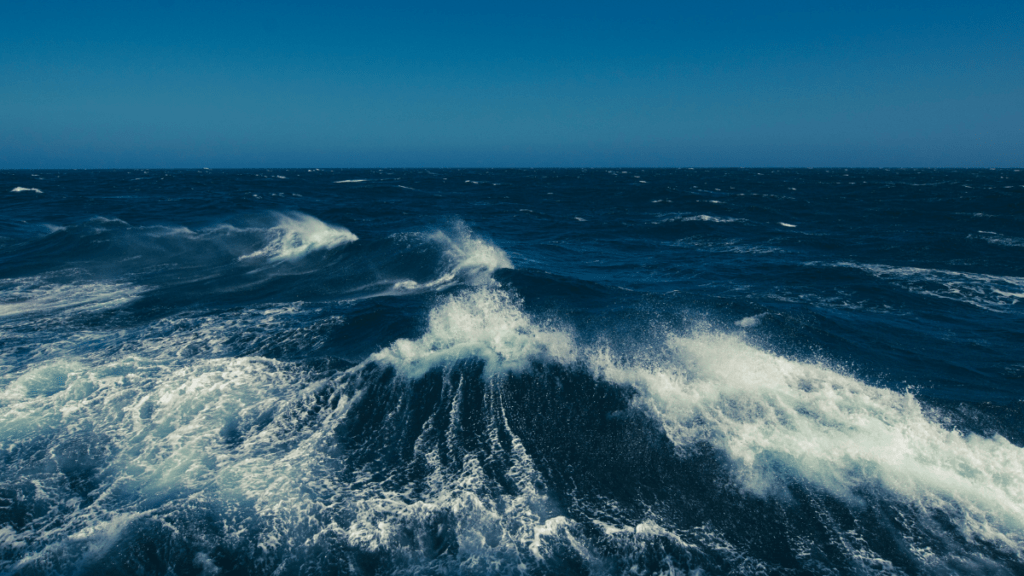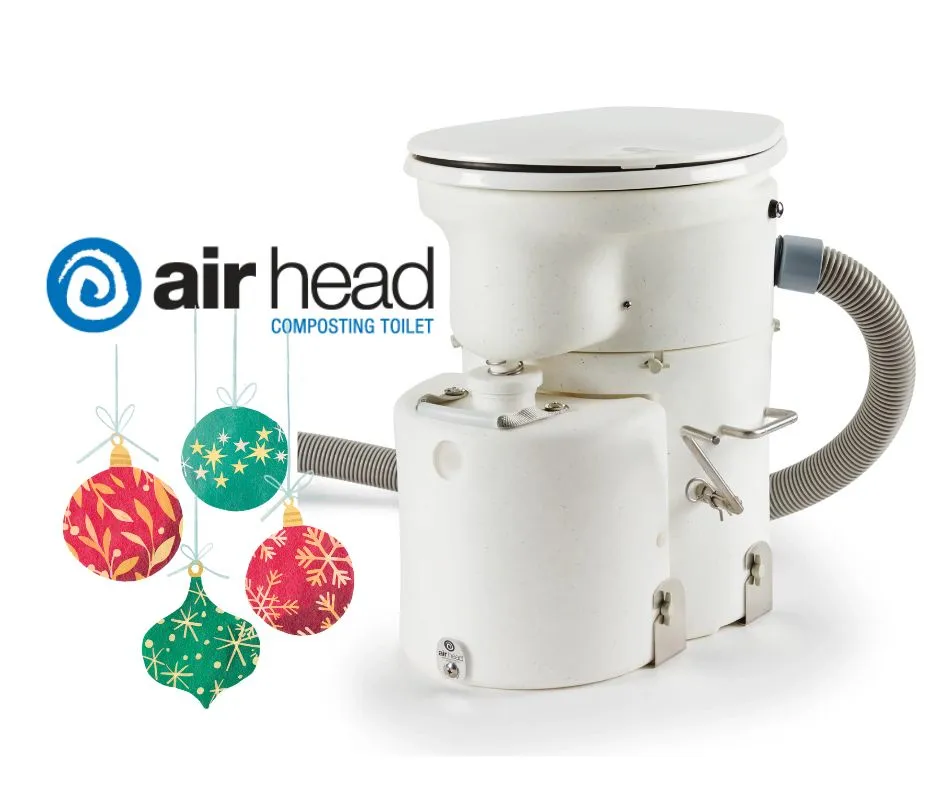Sailing across oceans is one of the ultimate dream adventures for many sailors. The wind in your sails, the vast horizon, and the freedom of the open sea are exhilarating. A composting toilet can be a game-changer for ocean voyagers, offering safety, convenience, and a nod to environmental responsibility.
If you’re considering an ocean passage, here’s why switching to a composting toilet might just be the smartest choice you can make.
Convenience at Sea: No Plumbing Worries
Traditional marine toilets rely on a complex system of plumbing, pumps, and thru-hulls to manage waste. While these systems are functional, they come with inherent risks and challenges:
- Clogs and malfunctions are common, especially in older systems.
- Saltwater plumbing can lead to mineral buildup and corrosion over time.
- Thru-hulls create potential points of water ingress, a concern for safety-conscious sailors.

Composting toilets, on the other hand, are entirely self-contained. They eliminate the need for pumps, macerators, and seawater flushing systems, simplifying your onboard maintenance routine. For an ocean passage, this means fewer worries about leaks or clogs when you’re hundreds of miles from land.
Enhanced Safety: Fewer Thru-Hulls, Fewer Risks
Safety is paramount during an ocean passage, and composting toilets excel in this regard. By replacing a traditional marine toilet, you eliminate at least two thru-hulls—the intake and discharge. These openings in the hull are essential for traditional toilets but are potential weak points in case of failure.
A broken or compromised thru-hull can lead to catastrophic flooding, especially in rough seas. With a composting toilet, you’re reducing the chance of water ingress, giving you peace of mind. In an emergency situation, this design feature can literally be life-saving.
Waste Storage and Management for Long Ocean Passages
One of the main concerns for ocean-going sailors is managing waste during extended trips. Here’s how a composting toilet makes this process more straightforward:
1. Solid Waste
Composting toilets are designed to separate solids and liquids. The solid waste is stored in a compartment where it decomposes naturally with the help of a carbon material like coconut coir or peat moss. For long passages, plan ahead by:
- Starting with an empty compartment at the beginning of your trip.
- Packing enough carbon material for the duration of your passage.
- Knowing the storage capacity of your unit—most composting toilets can handle several weeks of use for a small crew before needing to be emptied.
When you’re far out at sea in international waters, it’s permissible to dispose of fully composted material overboard. Make sure it has had sufficient time to break down before doing so to minimize any environmental impact.
2. Liquid Waste
The separated liquid is collected in a removable container. During long passages, you can safely empty this overboard when you’re in compliance with international maritime laws. To streamline the process:
- Keep track of the container’s fill level and plan regular emptying.
- Ensure all crew members are familiar with the system to avoid overflows.

Maintenance Routines: Simple and Stress-Free
Regular maintenance is critical to keep any onboard system running smoothly, but composting toilets are refreshingly low-maintenance. For long passages, follow these tips:
- Ventilation: Ensure the toilet’s venting system is functioning properly to prevent odors. A small fan powered by your onboard electrical system keeps air circulating through the unit.
- Inspection: Periodically check the agitation mechanism (if your unit has one) to ensure it’s working correctly.
- Emptying Schedule: Be proactive about emptying liquids and adding carbon material to the solids compartment.
- Stock Up: Before setting sail, make sure you have extra supplies, such as carbon material, spare fans, and cleaning tools.
International Regulations: Play by the Rules
Understanding maritime regulations is crucial when it comes to waste disposal at sea. The good news? Composting toilets offer flexibility while remaining compliant.
- Coastal Waters: Dispose of liquid waste and fully composted solids in international waters to avoid violating environmental laws near shores.
- International Waters: Once you’re more than 12 nautical miles from land, it is generally permissible to dispose of both liquid and fully composted solid waste overboard. However, always check the specific regulations for the regions you’ll be sailing through.
Composting toilets make it easier to adhere to these rules compared to traditional systems, which often require complex holding tanks and pump-out facilities.
Environmental Benefits: A Bonus for the Ocean
While safety and convenience are the primary benefits of a composting toilet, their environmental advantages are worth noting. Traditional marine toilets rely on pumping untreated or minimally treated waste into the ocean, which can contribute to pollution. Composting toilets, by contrast, allow you to manage waste responsibly.
Using a composting toilet helps:
- Protect marine ecosystems by reducing the introduction of harmful pathogens and chemicals.
- Minimize your footprint by relying on natural processes rather than chemicals for waste treatment.
For sailors who love the sea, this is a meaningful way to give back to the environment.

Preparing Your Boat for a Composting Toilet
Switching to a composting toilet is a straightforward process that requires minimal retrofitting. Here’s what you’ll need to do:
- Remove the existing marine toilet and seal off the associated thru-hulls.
- Install the composting unit in the same location—most units fit standard marine toilet spaces.
- Set up ventilation: Install the venting hose and small fan to ensure odor-free operation.
- Test the system: Before embarking on a long passage, give the system a trial run to ensure all crew members are comfortable using it.
Composting Toilets Are Perfect for Ocean Passages
Whether you’re planning a leisurely Pacific crossing or an adventurous trip through the Atlantic, a composting toilet is a smart addition to your onboard setup. With fewer points of failure, simpler waste management, and enhanced safety, it’s a sailor’s best friend.
Say goodbye to clogs, leaks, and maintenance headaches, and hello to a system that makes your time at sea more enjoyable. Plus, you’ll be doing your part to protect the ocean you love.
So, as you plan your next ocean passage, consider making the switch to a composting toilet. Your crew—and your boat—will thank you!








